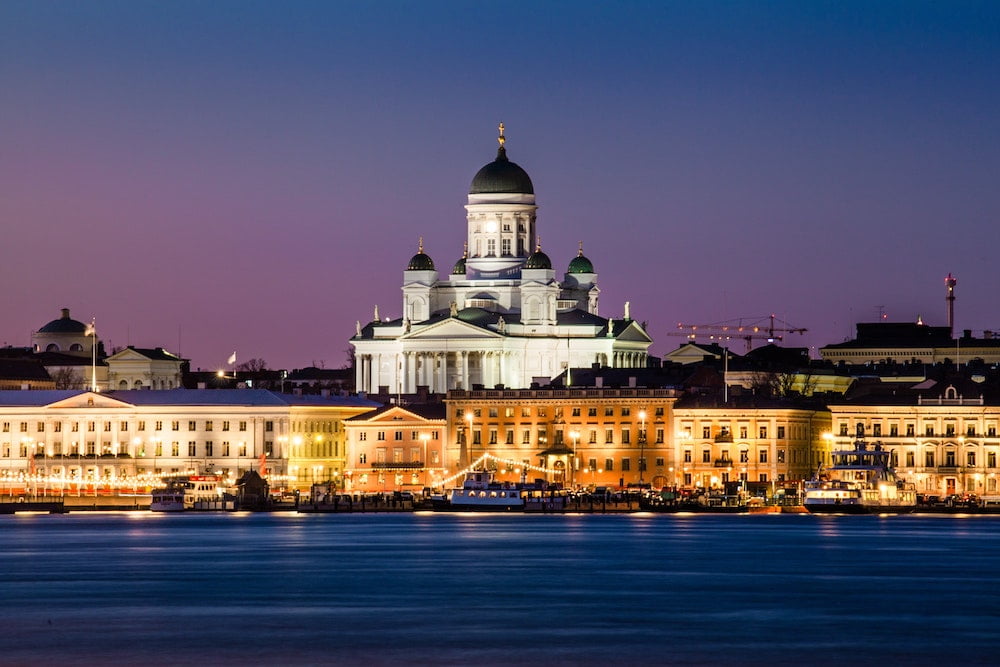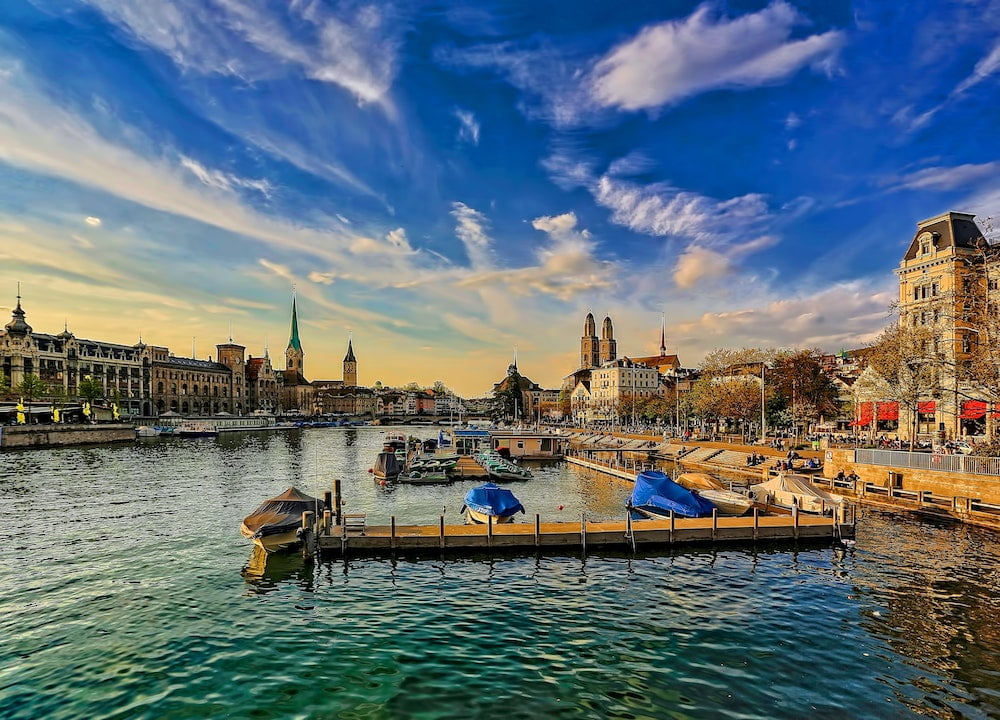Over the last two decades, smart cities are popping up all over. Researchers and experts in the industry have been prompted by this trend to gather data and produce regular reports that track global smart city growth. The IMD-SUTD Smart City Index Report is one of them.
Smart City Index Report: IMD-SUTD
The Institute for Management Development, founded by Swiss businessmen in 1946, is a non-partisan educational institution. The institution was founded in 1946 and has been training business leaders for over 50 years. The MBA and Executive MBA program has been consistently rated as one of the top in Europe. IMD and the Singapore University of Technology and Design, SUTD developed the Smart City Index Report (SCI). IMD released its first annual report in 2019. They released a second IMD report in 2020 after surveying and evaluating 109 cities for the Smart City Index 2020.
Top Smart Cities
IMD examines five main areas of assessment:
- Safety is important
- Mobility
- Activities
- Opportunities
- The Government of Canada
Residents’ opinions of the structures and technologies available in their cities are assessed by this index. SCI 2020 ranks 109 global cities. The survey captures 120 resident’s opinions in each city. It then calculates the final scores for each city using perceptions from the previous two years. Two pillars, the Structures, refer to cities’ infrastructures, while the Technology, describes technological services and provisions available to residents.
Structures Pillar Components
Health and Safety
- The most economically depressed areas can benefit from basic sanitation.
- The recycling services provided are excellent.
- Safety of the public is never a concern.
- No, air pollution isn’t a big problem.
- It is not necessary to provide medical services.
- It is easy to find housing that costs 30% or less than your salary.
Mobility
- Congestion in the traffic isn’t a big problem.
- The public transport system is good.
Activities
- Green spaces can be satisfactory.
- The following cultural activities (shows and bars) are permitted:
Opportunities (Work & School)
- There are many services that can help you find a job.
- A good education is available to most children.
- Lifelong learning is available at local institutions.
- The economy is creating jobs.
- Minorities are welcome.
The Government of Canada
- Easy access to information about local government decision-making
- Corruption of municipal officials is not a concern.
- Local government is governed by the decisions of its residents.
- Residents give feedback on projects of local governments
The Technology Pillar: Components
Health and Safety
- Residents can easily give unwanted items away by using a website or an app.
- The availability of free wifi in public places has increased access to services.
- The installation of CCTV cameras has made the residents more secure.
- Residents can monitor air quality using a website or an app.
- The ability to book appointments for medical treatment online is a great way to improve access.
Mobility
- Reduced congestion thanks to car sharing apps
- Travel time is reduced when you use apps to find a free parking space.
- The use of bicycles has helped to reduce traffic.
- The online scheduling of public transportation and the sale of tickets has made it easier for users to access.
- The city offers information to mobile phone users about traffic congestion.
Activities
- Buying tickets online for shows and museums is easier than ever.
Opportunities (Work & School)
- Job listings are now available online, making it much easier for people to search.
- In schools, IT is taught very well.
- Starting a business has become easier thanks to the online services offered by the city.
- Connectivity needs are met by the current Internet speeds and reliability.
The Government of Canada
- The online public access to the city’s finances has decreased corruption.
- Voting online has increased participation.
- The city has benefited from an online forum where local residents can share their ideas.
- Process Identification Documents Online has Reduced Waiting Times
The five main areas are then analyzed: Health and Safety, Mobility, Activities, Opportunities, and Governance. The UN Human Development Index score (HDI), which measures the economy of a country, is used to divide the cities into 4 groups. IMD assigns then a rating (AAA-D). This scale compares the perceptions score of the city to the scores of all the other cities in the HDI group. IMD provides the ranking in two different formats: an overall rating from 1 to109, and a “pillar” rating.
These findings shed light on the argument that society is moving towards a more localized environment. It is possible that local policies have become more influential than national policies. Cities in the same country are exposed to similar macroeconomic conditions. COVID-19 showed us how technology could make cities prosper and flourish even during times of extreme humanitarian crises. SCI, the first index of its kind, aims to serve as a tool and reference for creating inclusive and dynamic urban environments.
Singapore, Helsinki, Zurich, and other smart cities were listed in the 2020 Smart City Index. New York, the only US smart city to appear on the list of top 10, was ranked tenth.
We examine below the 3 top smart cities around the globe and why they were ranked as the best.
Top Smart Cities #1 – Singapore

Singapore has a population of 5,6 million. The HDI scores of Singapore are among the highest in the world. Also, the city scores high on Expected Years of Education, Mean Years of Education, and Life expectancy At Birth. The city has an income gross per capita exceeding $80,000.
Singapore has been on the path towards smart city status for over 10 years. In 2014, Smart Nation was launched as a government strategic framework to create a world class city powered by innovation.
Residents’ perceptions of both pillars in the SCI 2020 report were extremely high. This is the second consecutive year that the city has been ranked at the top.
Top Smart Cities #2 – Helsinki

Helsinki is home to 1.2 millions people and has an HDI score of 89. The gross national product per capita in Helsinki exceeds $40,000. Helsinki has an educated population, with 19 school years expected and an average 12 years.
This ranking represents a major improvement over the eighth place ranking of 2019 for top smart cities in the world. For this huge improvement, the credit goes to the city’s policy that aims at breaking down innovation silos by merging departments charged with both innovation and strategy. Helsinki’s key officials and employees are also trained on smart city technology and its opportunities, including artificial intelligence. This training allowed the city quickly adjust its strategy in response to resident’s needs and requests as new technology becomes available. As well as the SCI Index the city also tops many smart cities in world reports such as Best Digital Mobility Services (DMS), Best in Smart Tourism and Best Smart Neighborhood.
Top Smart Cities #3 – Zurich

Zurich’s population is 1.25million. It has the same high birth-to-death life expectancy as those two top cities: over 80. There are 16 education years expected and on average, 13 school years. It also boasts a gross national income of $60,000 per person.
Zurich is a top-ranked smart city in the world. It has the same structured framework as other cities to encourage innovation and promote the city’s status as a “smart city”.
SCI’s 2019 edition ranked the city as the most intelligent city in the globe. It dropped down one spot in its 2020 version.
